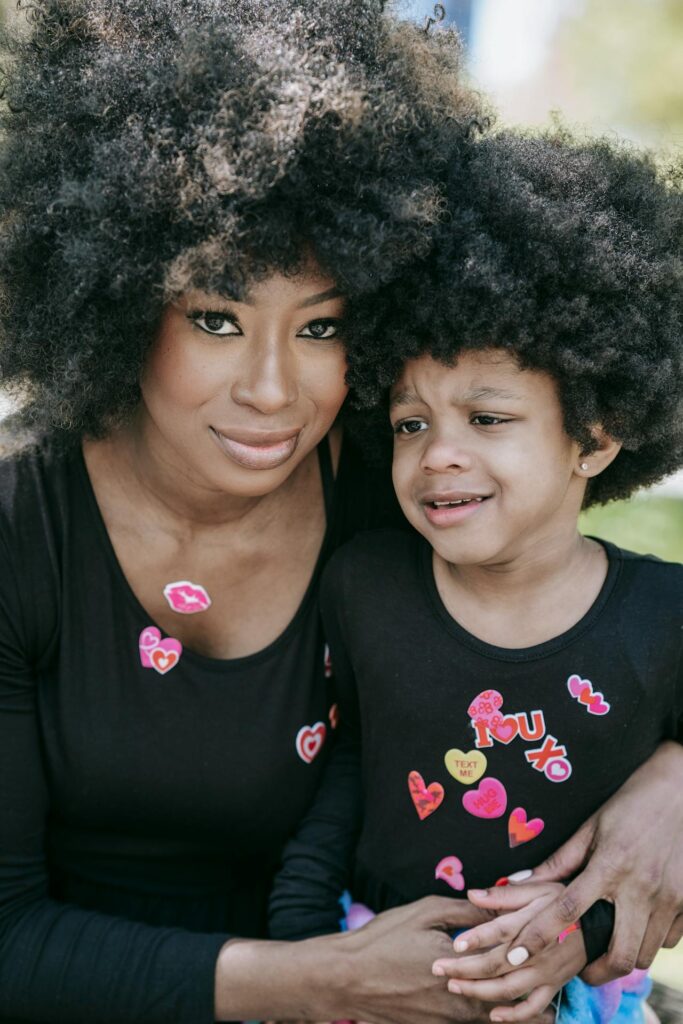If you are curious about a career that blends compassion, science, and meaningful impact, the role of a Registered Behavior Technician (RBT) might catch your interest. This rewarding position involves working closely with individuals, often children, who have developmental disabilities or behavioral challenges. RBTs play a vital part in helping clients build skills, overcome obstacles, and live more fulfilling lives.
Let us dive into what being an RBT is all about, from the core responsibilities to the path to certification and the qualities that make someone shine in this role.
What Is a Registered Behavior Technician?
A Registered Behavior Technician, or RBT, is a paraprofessional who works under the supervision of a Board Certified Behavior Analyst (BCBA) or a similar professional. RBTs are trained to implement behavior intervention plans designed to support individuals with conditions like autism spectrum disorder (ASD), developmental delays, or behavioral issues. Their work is grounded in Applied Behavior Analysis (ABA), a scientific approach that uses evidence-based strategies to encourage positive behaviors and reduce challenging ones.
Think of an RBT as a supportive guide, helping clients navigate daily challenges while fostering growth in areas like communication, social skills, and independence. They work in various settings, such as schools, clinics, homes, or community centers, tailoring their approach to meet each client’s unique needs. It is a hands-on role that requires patience, empathy, and a knack for connecting with people.
Core Responsibilities of an RBT
The day-to-day work of an RBT is dynamic and revolves around putting behavior plans into action.

Here are some key responsibilities that define the role:
Implementing Behavior Plans
RBTs follow detailed plans created by BCBAs, using techniques like positive reinforcement to encourage desired behaviors. For example, they might help a child learn to communicate by rewarding small steps, like using a word or gesture.
Collecting Data

Tracking progress is a big part of the job. RBTs record data on how clients respond to interventions, noting successes and areas that need adjustment. This information helps the team refine strategies to ensure the best outcomes.
Supporting Skill Development
From teaching a child how to tie their shoes to helping a teenager navigate social interactions, RBTs focus on building practical skills. They break tasks into manageable steps, making learning feel achievable and rewarding.
Managing Challenging Behaviors

RBTs are trained to handle difficult behaviors calmly and professionally. They use strategies to de-escalate situations and guide clients toward positive alternatives, always prioritizing safety and respect.
Collaborating with Teams
RBTs work closely with BCBAs, parents, teachers, and other professionals to ensure consistency in how interventions are applied. Clear communication and teamwork are essential to creating a supportive environment for clients.
Why the RBT Role Matters
Being an RBT is not just a job; it is a chance to make a real difference. For many clients, especially those with autism or developmental disabilities, the support of an RBT can be life-changing. By helping individuals develop skills and reduce behaviors that hold them back, RBTs empower their clients to engage more fully with the world around them. Whether it is helping a child say their first sentence or supporting a young adult in gaining independence, the impact of an RBT’s work ripples through families and communities.
The role also offers immense personal growth. RBTs often describe their work as deeply fulfilling, as they witness their clients’ progress firsthand. It is a career that combines heart and science, appealing to those who want to contribute to others’ well-being while learning about human behavior.
The Path to Becoming an RBT
If the idea of becoming an RBT excites you, the good news is that the path to certification is straightforward, though it requires dedication. Here is a step-by-step look at how to become an RBT:
Meet the Basic Requirements
To start, you need to be at least 18 years old, have a high school diploma or equivalent, and pass a background check. These requirements ensure that candidates are ready to take on the responsibilities of the role.
Complete a 40-Hour Training Course

Aspiring RBTs must complete a 40-hour training program that covers the fundamentals of ABA, including techniques for teaching skills and managing behaviors. This training, which must be completed within 180 days, is often available online or in-person through organizations approved by the Behavior Analyst Certification Board (BACB).
Pass a Competency Assessment
After training, candidates must demonstrate their skills through a competency assessment. A qualified supervisor, usually a BCBA, observes the candidate performing tasks like implementing behavior plans and collecting data. This step ensures that RBTs are ready to work effectively with clients.
Take the RBT Certification Exam
The final hurdle is the RBT certification exam, a multiple-choice test administered by the BACB. The exam covers topics from the training course, such as ethics, data collection, and behavior intervention strategies. With proper preparation, many candidates pass on their first try.
Maintain Certification
Once certified, RBTs must renew their certification annually by meeting continuing education requirements and adhering to the BACB’s ethical guidelines. They also need ongoing supervision from a BCBA to ensure they are delivering high-quality services.
Skills and Qualities of a Successful RBT
While the technical skills learned during training are crucial, certain personal qualities make someone truly excel as an RBT.

Here are a few traits that stand out:
Empathy and Patience
Working with individuals who face developmental or behavioral challenges requires a compassionate, patient approach. RBTs must be able to connect with clients, understand their needs, and celebrate small victories along the way.
Strong Communication
RBTs need to communicate clearly with clients, families, and colleagues. Whether explaining a behavior plan to a parent or giving simple instructions to a child, effective communication builds trust and consistency.
Adaptability
No two days are the same for an RBT. Being flexible and ready to adjust strategies based on a client’s needs or mood is key to success.
Attention to Detail
From collecting accurate data to noticing subtle changes in a client’s behavior, RBTs need a keen eye for detail to ensure interventions are working as intended.
A Love for Learning
The field of ABA is always evolving, and great RBTs are eager to keep learning. Whether through formal training or on-the-job experience, staying curious helps RBTs grow in their roles.
Career Opportunities and Growth
Starting as an RBT opens doors to a range of career paths in the field of behavior analysis. Many RBTs use the role as a stepping stone to becoming a BCBA, which requires a master’s degree and additional certification. Others find fulfillment in staying in the RBT role, enjoying the direct, hands-on work with clients.

The demand for RBTs is strong, especially as awareness of autism and the benefits of ABA therapy grows. Job opportunities are available in schools, private clinics, and in-home settings, with competitive salaries that vary based on location and experience. For those passionate about helping others, the role offers both stability and the chance to make a lasting impact.
Is the RBT Role Right for You?
If you are someone who thrives on making a difference, enjoys working with people, and is excited by the idea of blending science with compassion, the RBT role could be a perfect fit. It is a career that challenges you to grow while offering the reward of seeing your clients succeed. The journey to becoming an RBT is accessible, with clear steps to certification and plenty of support along the way.
Take some time to reflect on whether this path aligns with your goals and values. If you are ready to dive into a role that is equal parts heart and skill, becoming an RBT might just be the start of an incredibly fulfilling career.
